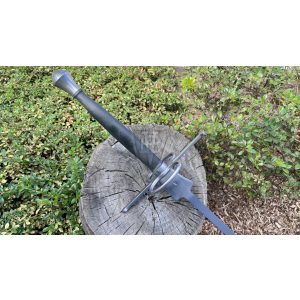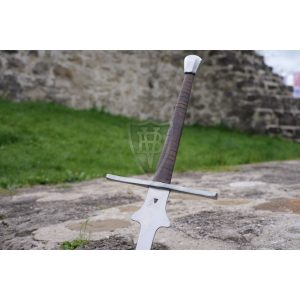Federsword with parrying rings
For better hand-protection the sword has parrying rings.
The cross-guard is heat-treated in order to provide hardness and durability while keeping the minimum weight.
We deliver the federsword in two Version:
- stiff (fix, or disassembled version)
- soft or flexible (only disassembled version)
We offer our feders with a wide range of flexibility, tailored to the various fencing techniques. More and more people are taking part in competitions where strong blade and body contact are part of the fencing. We offer them the Tournamentblades, which are very strong, but they are not flexible.
The flexible blades are made for lightweight, technical fencing, where there is hardly any strong blade contact, but rather the pursuit of fencing techniques. These blades are lightweight and flexible - but they are more vulnerable: they are not suitable for full-contact races.
The medium rigid blade is the most sought after, and a large number of users use this type. These blades can withstand hard blade contact, but are also flexible, making fencing safer.
Before buying, we recommend that you agree with the fencer club what blade the coach is suggesting on your knowledge and your fencing style!
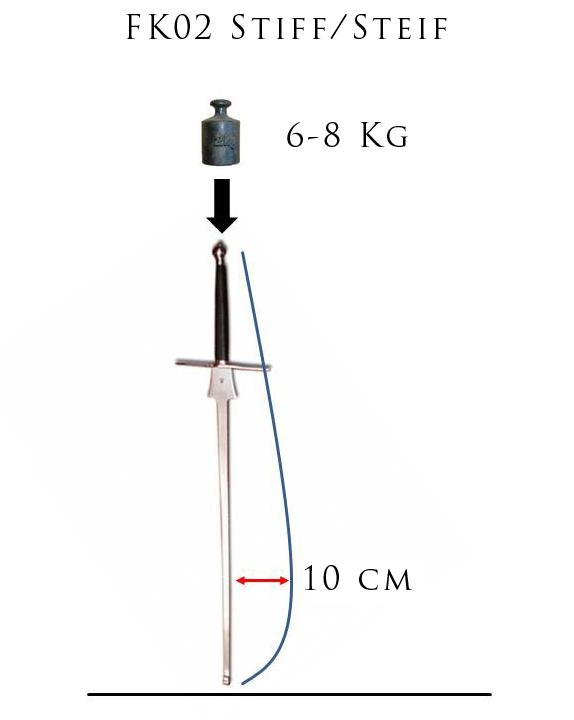
You can find information on disassembly and assembly here:
https://www.swordsviktor.com/disassembled_swords





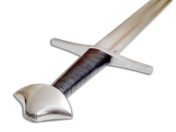
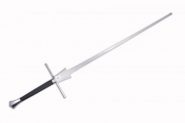
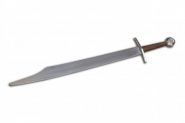
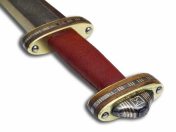
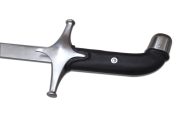
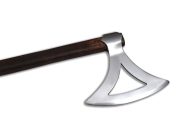




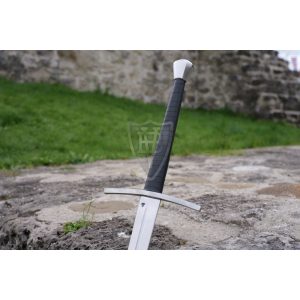



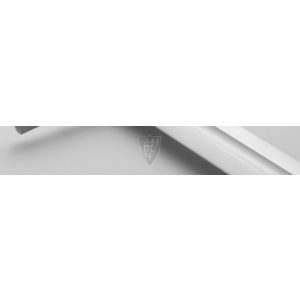


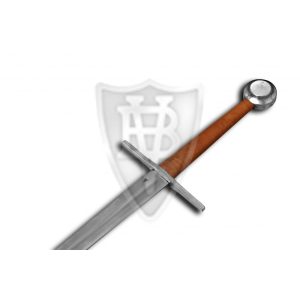

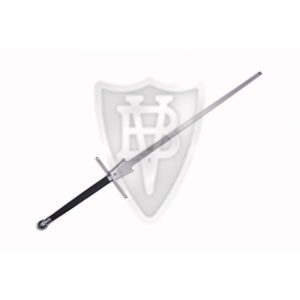




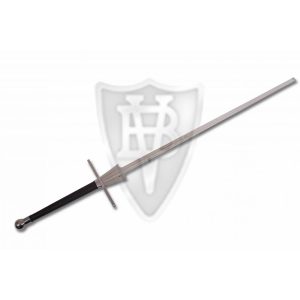




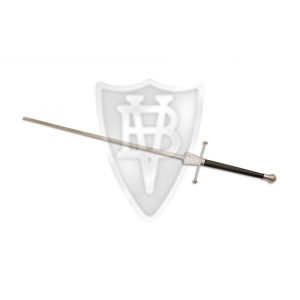

 This type of Federsword
This type of Federsword 